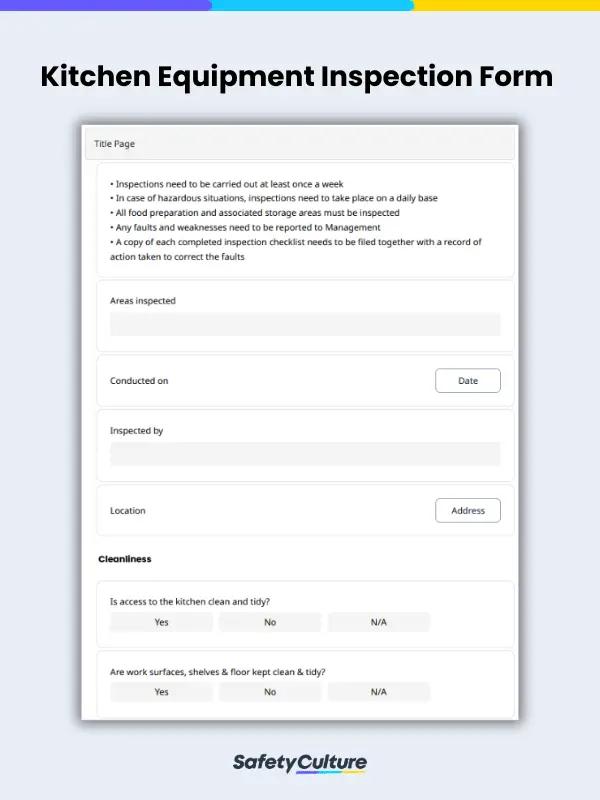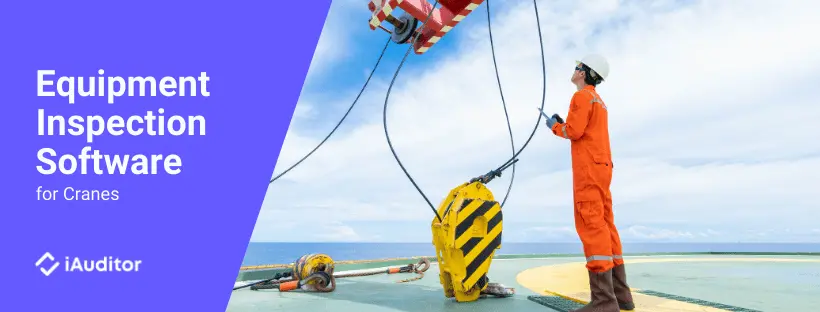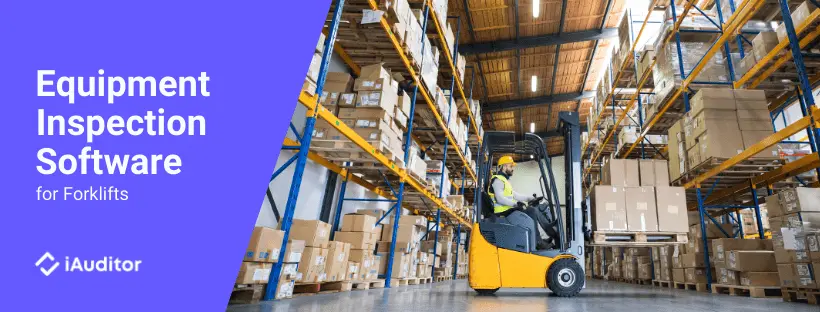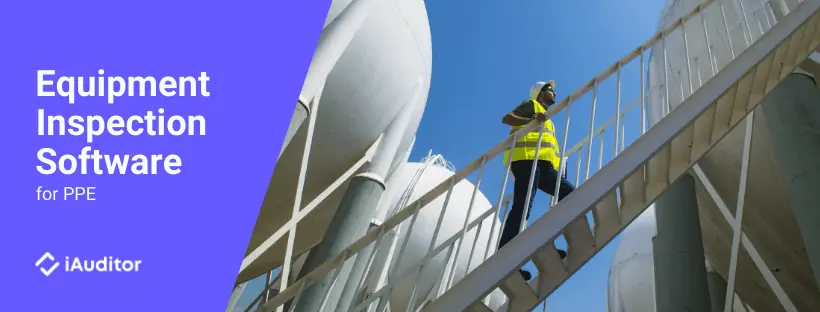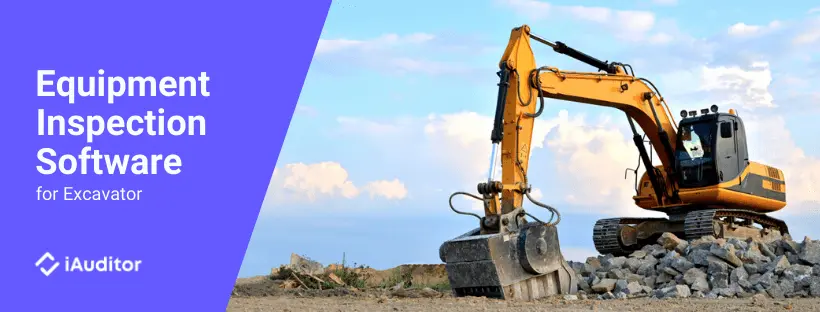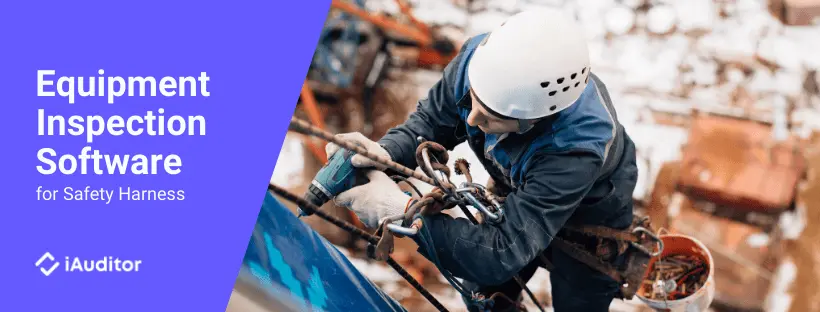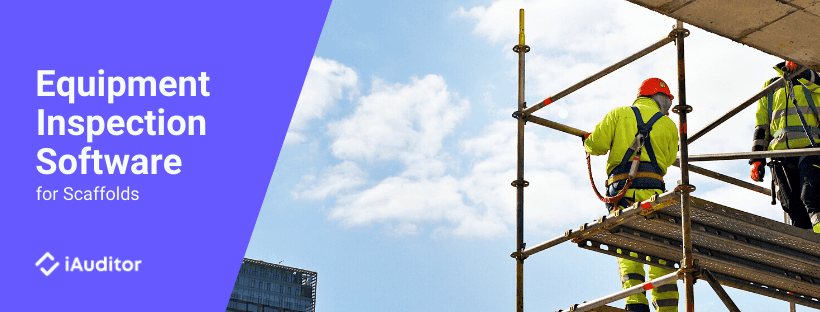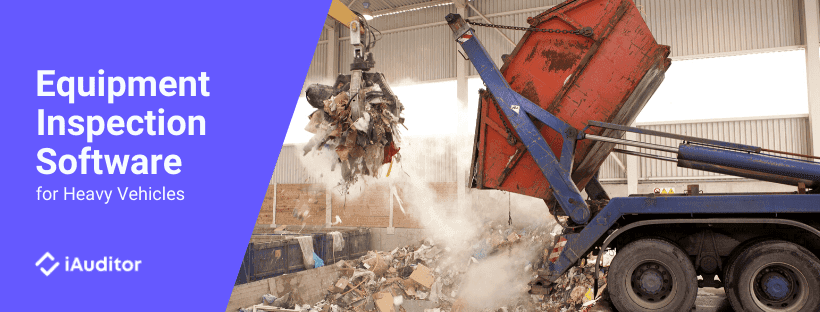What Is An Equipment Inspection Form?
An equipment inspection form is an important checklist used to assess the condition of equipment, usually after a risk assessment has been conducted. If the risk assessment has identified a significant risk from the use of the equipment, it is necessary to first accomplish an equipment inspection form before further use.
Why Use An Equipment Inspection Form?
Not using an equipment inspection form wastes time, money, and resources. Thinking of what to do and how to do it each time equipment has to be inspected is ineffective. An equipment inspection form speeds up the inspection process by providing a checklist of inspection items so they aren’t missed. Missing an item during an equipment inspection has serious consequences and can lead to injuries that may require expensive medical rehabilitation. Equipment may have to be replaced due to not immediately addressing defective or deteriorating parts. Even if no accidents occur and equipment can still be used, a missed item can result in lower employee productivity and decreased operational efficiency.
All of this can be avoided by using an equipment inspection form so that all items are checked. The forms should be tailored to the business need, their existing safety rules to follow, or the current situation to ensure accuracy. More than flagging issues, it should also provide comments or appropriate corrective action to help resolve issues and prevent them from happening again.
When Do I Need The Form?
The Health and Safety Executive and Regulation 6 of the Provision and Use of Work Equipment Regulations states that equipment should be inspected:
- after installation;
- after assembly at a new site;
- after major modifications;
- after serious damage;
- after a change in nature of use; and
- at suitable intervals.
How Can I Use An Inspection Form?
Each company has its own set of equipment that needs upkeep now and then. Whether one is a chef, a salesperson, or a business owner, equipment must be kept in its best condition through regular equipment inspections. Keeping equipment in tiptop shape allows you to also perform at your best. Below are the common use cases of equipment inspections forms.
Kitchen Equipment Inspection: For Chefs
Cleanliness is a must in the kitchen. Aside from washing hands, kitchen equipment should also be kept clean. Inspect hidden areas such as the back of the refrigerator and the inside of the oven to ensure that there’s no dust, grime, or dirt buildup. Of course, all kitchen equipment should be in good working condition. One of the most irritating things that can happen in a restaurant is equipment not working when it needs to. Avoid these unnecessary mishaps by testing kitchen equipment before they are used. This way one can rest easy knowing that the kitchen equipment won’t fail when that big order comes in.
Safety is also a major concern in any kitchen. As such, there are other things to inspect aside from kitchen equipment. First, inspect the smoke sensor and fire alarm system. One should have a ready-to-use fire extinguisher (and know how to use it) near all common work areas. If one has any heavy equipment like meat processors or food slicers, ensure that there are proper safeguards against injury. Also, check if kitchen equipment has been assembled correctly. If there are any doubts regarding the workplace safety of equipment, please refrain from using it until after an equipment inspection.
Retail Equipment Inspection: For Salespeople
There’s nothing a customer hates more than having to wait. To create a seamless shopping experience, regularly inspect sales tools before opening. Check if payment systems are online so that when a customer comes in with a credit card, there won’t be any payment issues. Physical shopping carts should also be inspected. Though it might not seem like a big issue, customers pay attention to small details such as how easy (or hard) it is to push a shopping cart. A shopping cart with a missing wheel doesn’t look good for business.
Security should also be the main concern for retailers. Important anti-theft tools like the security tags attached to merchandise shouldn’t be overlooked. While it goes without saying that one has to protect customers by following sanitation guidelines, you should also protect the store from shoplifting. During retail equipment inspection, test the security system and take note of any lags or other issues.
Equipment Inspection: For Entrepreneurs
Employees are the heart of a business. That’s why it’s one’s job as a business owner to give them the best business tools to work with. As much as possible, provide employees with functional and up-to-date equipment. No matter how hardworking or talented they are, they won’t succeed if they aren’t given the right tools or machinery.
It is also one’s responsibility as an employer to ensure employee safety. To keep employees happy and safe, provide them with an easy-to-use equipment inspection form. This way, employees are empowered to help themselves (and the business).
Why an Equipment Inspection Form Should Be Digital
In this day and age, using paper checklists on clipboards is an unnecessary hassle and expense. Especially with the current emphasis on safety regulations, having a stack of pages to go through when conducting an equipment inspection is a major headache. With a digital equipment inspection form, it’s possible to sync all completed inspections and quickly assign a new one to someone else. No need to go to the other side of the room (or building) to hand over an equipment inspection form; just tap and hit send.
Guarantee Equipment Safety With Every Use of an Equipment Inspection Software
An equipment inspection software is a robust tool that allows users to capture detailed inspections of the equipment assigned to them and ensure that they are safe before and after usage.
With the SafetyCulture (formerly iAuditor) Equipment Inspection Software, you can keep track of a wide range of equipment such as personal protection equipment, forklift, excavators, scaffolding, core drills, and elevators. With a single powerful equipment inspection app, you can streamline equipment inspection requirements and ensure equipment safety with every use.
Equipment Inspection Software: 7 Types of Operators that Have Adopted the Technology
The world is seeing increasing growth in industrialization and urbanization. This trend is not expected to slow down soon, and by 2050, it is expected that two-thirds of the global population will live in urban and developed societies. To address this growth, the construction industry is needed more than ever to support the global demand for infrastructure. Efficiency is needed in completing projects while also ensuring that the utmost level of safety and quality is observed with every move on the site. Thanks to technological advancements, there is a way to do just that.
With the help of equipment inspection software, equipment operators in construction sites have been able to ensure that their assigned equipment is in the best operational state before commencing work. This digital solution has helped them streamline their inspections and focus on ensuring safe operations. Ultimately, it helps their company meet continuously growing business demands while also maintaining a high level of safety at the site.
To give you some examples, here are 7 types of operators that have integrated equipment inspection software into their workflow to improve their respective asset management programs:
1. Crane Operators
Crane operators use equipment inspection software as a vital job aid in following safety procedures, enforcing construction safety, and identifying equipment damage and defects before operating cranes and handling items. With the use of a mobile device, they use pre-uploaded crane inspection checklists to inspect a tower crane before, during, and after operational shifts.
Equipment inspection often begins with visual pre-operation checks on the heavy equipment. After which, inspectors evaluate work permits, emergency controls, and the stability of other crane components. Should there be any issues, they take photos of the defect and use the equipment inspection software to issue corrective actions.
2. Forklift Operators
Forklifts are crucial construction equipment that helps move things faster on a construction site. A single, inoperable forklift can significantly hamper logistics efficiency, and its downtime can be costly to the business. With the help of equipment inspection software, forklift operators can conduct efficient daily heavy equipment inspections to help in reducing the likelihood of workplace injuries and deaths caused by faulty forklifts.
3. Personal Protective Equipment (PPE) Users
PPE Safety Checklists are used by site safety supervisors to help identify tasks that require PPE and ensure that their team is provided the right protective equipment at all times. Using equipment inspection software, they can assess the potential hazards inherent in their type of construction work and set standards on appropriate PPE before handing them over to workers. They can use the inspection tool to perform efficient PPE inspections and automate tasks, such as report generation and action assignment.
4. Excavator Operator
Operators of excavators use an equipment inspection app pre-operation to evaluate the job site, utilities, and equipment, access means, area atmosphere, and support systems. This ensures that issues are identified and resolved before starting excavation and trenching. By having the ability to conduct heavy equipment inspections on a mobile device even without an internet connection and auto-generate quality reports on the go, they can save time and focus more on safety.
5. Safety Harness Equipment Users
Occupational health and safety regulators around the world such as OSHA, HSE, and SafeWork require regular inspections and proper maintenance or storage of fall protection equipment. With the aid of equipment inspection software, construction sites can efficiently comply with this requirement.
They use digital safety harness inspection checklists to verify the integrity of safety harnesses and reduce the risk of falling at their sites. They are also able to comprehensively check if aspects of the safety harness equipment (e.g., labeling, webbing, stitching, D-rings, lanyards, and snap hook-ends) are in good condition before letting workers use them.
6. Scaffolders
Erectors and users involved in scaffolding work must be protected through scaffolding safety inspections. Through scaffold inspections done with the equipment inspection software, scaffolders can manage and control the inherent risks of scaffolding work. This digital tool helps them easily record and report the apparent and underlying hazards that threaten the stability of the ground and the scaffolding structure they are working on.
7. Heavy Vehicle Drivers
Heavy vehicles are equipment used thoroughly at construction sites. They must undergo regular inspections, but at the same time, these inspections also need to be done efficiently to avoid impeding operations. With the help of equipment inspection software, drivers of these heavy vehicles can create different checklists, such as general heavy vehicle inspections, daily truck maintenance, driver training, and accident report forms. With all these forms in one central app, they won’t have to bring piles of paperwork into the vehicle.
Ensuring that operating equipment remains as safe as possible is vital to having a successful construction project. Complying with regulations and rules of safety committees like the OSHA standards also generally minimizes incidents in accident-prone industries.
As such, it is important to be equipped with technology such as equipment inspection software that helps you provide a safe working environment for equipment operators while also providing the best quality of work for construction projects.

